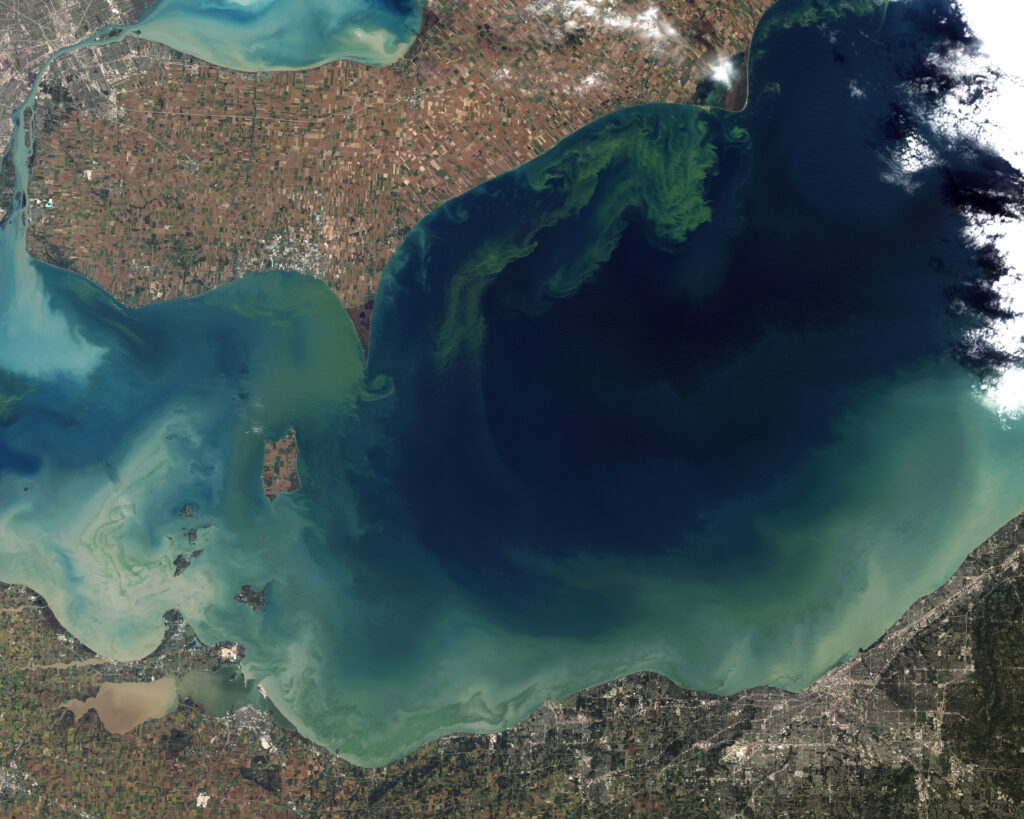By cdc.gov.
Algae that can produce toxins can make both people and animals sick. Learn more about illnesses and symptoms caused by harmful algal blooms (often called red tides) in salt water.
In salt water, such as oceans and bays, harmful algal blooms are most commonly caused by diatoms and dinoflagellates, which are two kinds of phytoplankton (single-celled organisms).
Some diatoms and dinoflagellates can produce toxins (poisons). When people or animals are exposed to these toxins, they can become sick.
Symptoms depend on:
- How a person or animal was exposed
- How long they were exposed
- Which type of toxin they were exposed to
People and animals are exposed to marine algal toxins through:
- Eating shellfish or fish containing toxins
- Swimming or other activities in the water
- Breathing in tiny droplets in the air that contain toxins
People can get sick and have symptoms.
Symptoms vary depending on the type of toxin the person was exposed to.
One of the most common types of harmful algal blooms in the United States is Karenia brevis blooms (also called Karenia brevis red tides) in the Gulf of Mexico. An algal toxin that is often produced during these blooms is called brevetoxin.
Breathing in sea spray or getting water containing brevetoxin on your skin can cause symptoms including:
- Respiratory irritation (coughing, sneezing)
- Shortness of breath
- Throat irritation
- Eye irritation
- Skin irritation
- Asthma attacks
Types of illness that can be caused by eating seafood contaminated with toxins from harmful algae:
Read more at cdc.gov.

